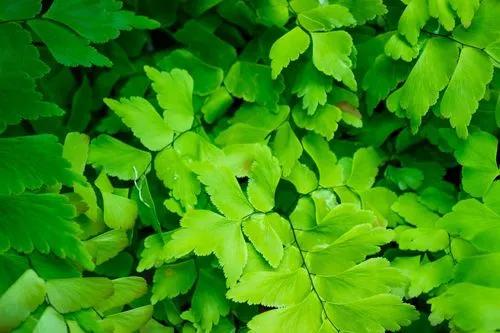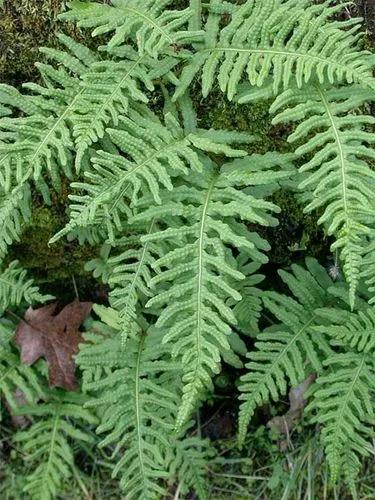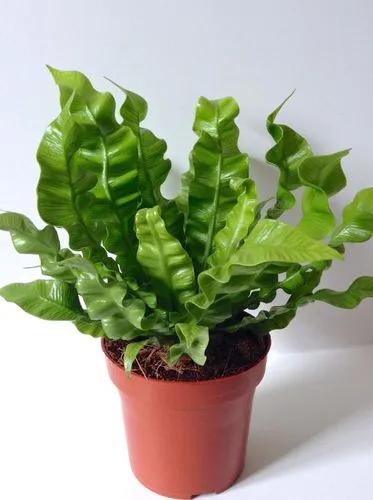Ebony spleenwort is a small fern with pinnate fronds, growing in tufts, with a shiny reddish-brown stipe and rachis. The fronds are dimorphic, with long, erect, dark green fertile fronds, which are deciduous, and shorter, spreading, lighter green sterile fronds, which are evergreen. This fern does not spread and form new plants via the roots. The rhizome, from 1 to 2.5 millimeters or perhaps 4 millimeters in diameter, bears a few narrowly linear-deltate scales, black to dark brown in color and strongly clathrate (bearing a lattice-like pattern). The scales are 2 to 4 millimeters or 5 millimeters (0.2 in) long[4] and 0.3 to 0.6 millimeters (0.01 to 0.02 in) wide, with margins entire (untoothed) or very nearly so. The stipe (the stalk of the leaf, below the blade) is 1 to 10 centimeters long, and comprises one-quarter to one-third of the length of the blade. It lacks wings, and is a shiny reddish-brown or blackish-brown throughout its length. Towards the base, it has a few threadlike scales similar in color to those of the rhizome. Starch granules are stored in tissue at the base of the stipe and, to a lesser extent, in the rhizome, giving the bases an enlarged appearance and a firm texture. The stipe bases are long-lived and may survive the disintegration of the rest of the stipe and the blade. The leaf blade of ebony spleenwort is linear to narrowly oblanceolate (slightly wider in the upper half of the blade) in shape, measuring from 4 to 50 centimeters long and from 2 to 5 centimeters (0.8 to 2 in) wide, sometimes as wide as 7 centimeters (3 in). It is acute (pointed) at its tip and gradually tapers at its base. The blade is shiny and has a few scattered hairs, or lacks them entirely. The rachis (leaf axis), like the stipe, is reddish-, purplish- or blackish-brown, shiny and hairless
Asplenium Platyneuron Care
Asplenium Platyneuron



How to Care for the Plant

Water

Must have good drainage, and does not tolerate flooding. Will need extra water in dry areas to make a ground cover, and even then will only cover loosely.

Sunlight

One of the most drought-tolerant ferns, this fern also takes more sun than many, provided it's kept moist enough.

Soil

Gravelly, slightly acid, well-drained soils. Sandy, Sandy Loam, Medium Loam, Limestone-based. Grows well in acid or alkaline soils.

Temperature

Thrives in warmth with temperatures between 60 and 80 degrees Fahrenheit. It can tolerate temperatures down to 50 degrees, but anything colder than that can harm the plant, especially with prolonged exposure.

Popularity

290 people already have this plant 33 people have added this plant to their wishlists
Discover more plants with the list below
Popular articles






